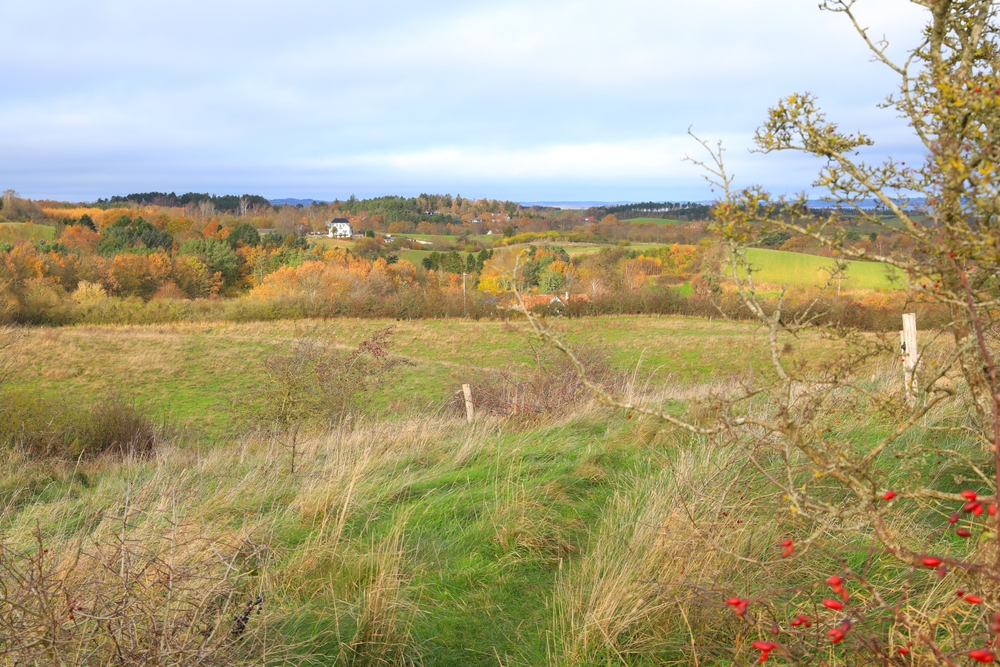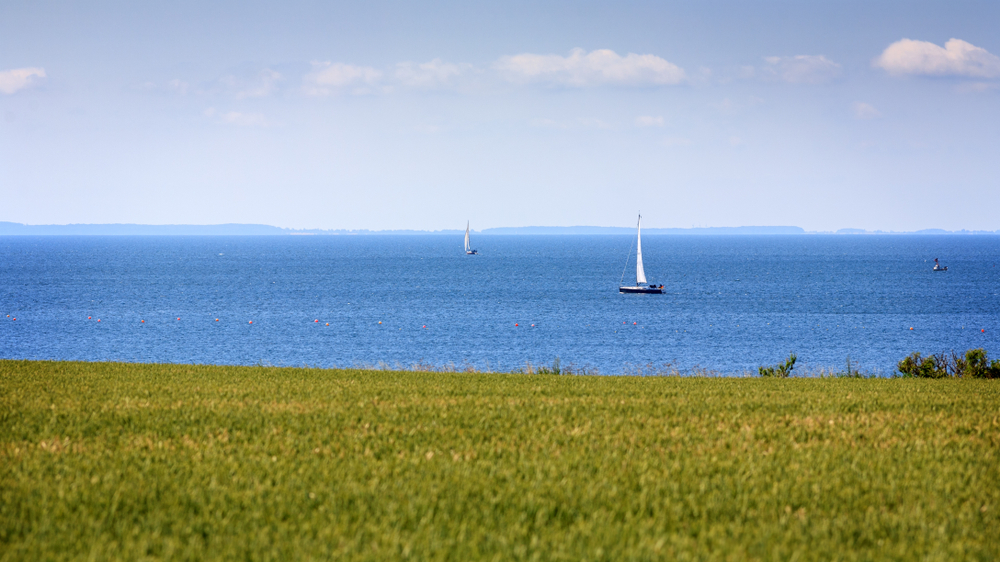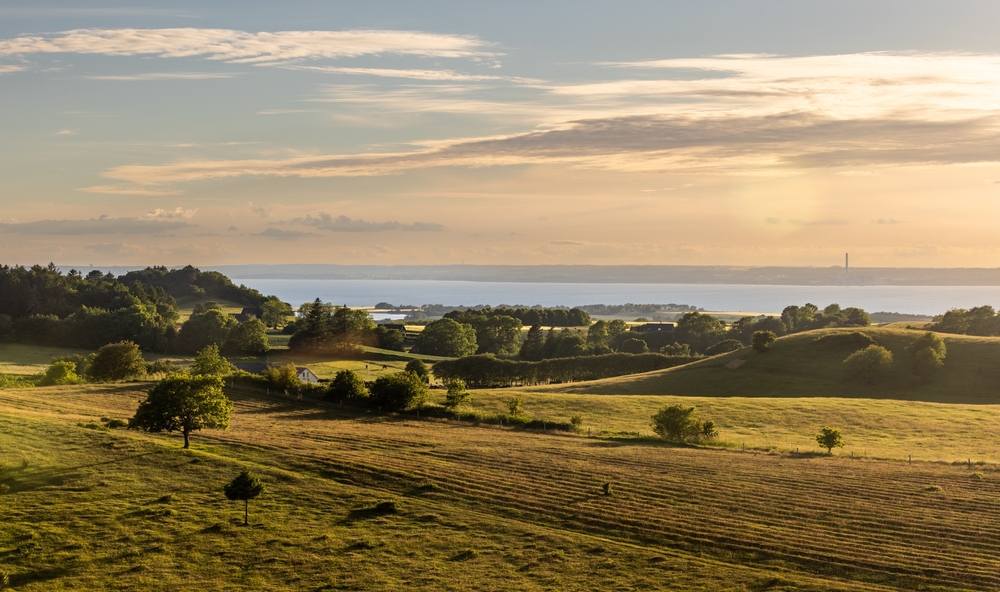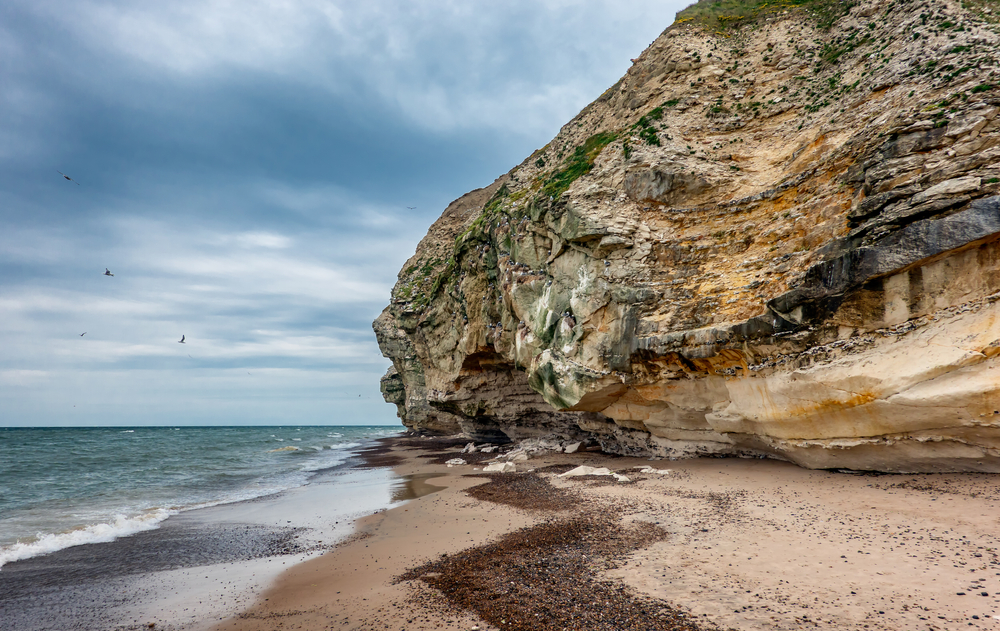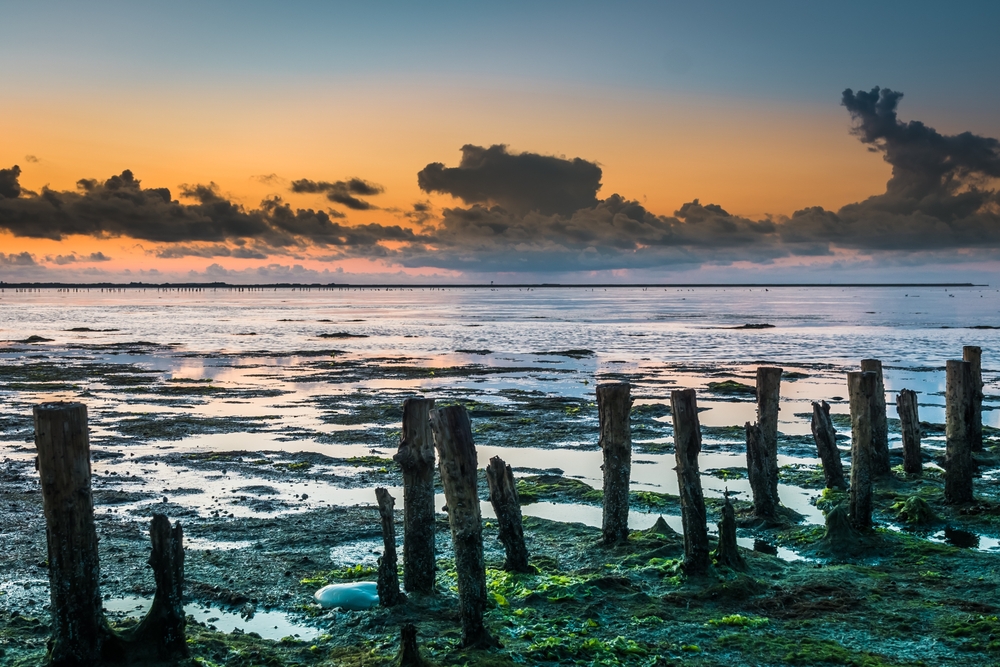Helgenaes Overview
Helgenæs National Park, known locally as “Helgenæs Nationalpark,” is a stunning natural treasure located on the Helgenæs Peninsula in eastern Jutland, Denmark. This park encompasses approximately 12 square miles (31 square kilometers) of diverse landscapes, making it one of Denmark’s smaller yet ecologically rich protected areas.
Situated between the Kattegat Sea and Ebeltoft Vig Bay, the park offers visitors an incredible blend of coastal beauty and inland biodiversity, all framed by Denmark’s gentle, rolling terrain.
The park’s terrain is a harmonious combination of rugged cliffs, sandy beaches, and gently sloping hills. Notable features include the majestic Sletterhage Lighthouse, which stands as a historic and scenic icon on the southern tip of the peninsula, overlooking the often-dramatic waters of the Kattegat.
Visitors can explore expansive heathlands covered with resilient vegetation such as juniper, heather, and sea buckthorn. The park also features small patches of forest, where beech and oak trees dominate the landscape, providing a lush contrast to the open coastal vistas. The undulating terrain and proximity to the sea create a sense of tranquility and connection to nature that is quintessentially Danish.
Helgenæs National Park is home to an impressive variety of wildlife, making it a haven for nature enthusiasts. Among the most notable mammals in the park are roe deer, foxes, and hares, which can often be spotted in the more secluded areas.
Birdlife is especially abundant, as the park’s location on the migratory route along the Kattegat makes it a vital stopover for many species. Sea eagles, herons, and oystercatchers are common sights, while birdwatchers may also spot rarer species such as the Eurasian curlew or peregrine falcon. The surrounding waters are rich with marine life, and seals can sometimes be seen basking on the rocks or playing near the shore.
Visitors flock to Helgenæs National Park to experience its natural beauty and historical significance. Sletterhage Lighthouse is a popular destination not only for its panoramic views but also as a starting point for coastal hikes that reveal the area’s diverse flora and fauna.
The region’s cycling trails offer another engaging way to explore the park, winding through scenic heathlands and along dramatic cliffside paths. For those interested in history, the park’s proximity to ancient Viking sites and remnants of World War II bunkers adds an intriguing layer of cultural discovery.
One of the park’s ongoing conservation challenges is mitigating the impact of climate change on its coastal areas, as rising sea levels and increasing storm activity threaten its fragile ecosystems. However, local management efforts, including habitat restoration and community involvement, have been largely successful in preserving the park’s biodiversity.
Initiatives like the creation of bird-friendly habitats and the reduction of invasive plant species have enhanced the ecological health of this protected area, ensuring it remains a refuge for wildlife and a serene escape for visitors.








































































